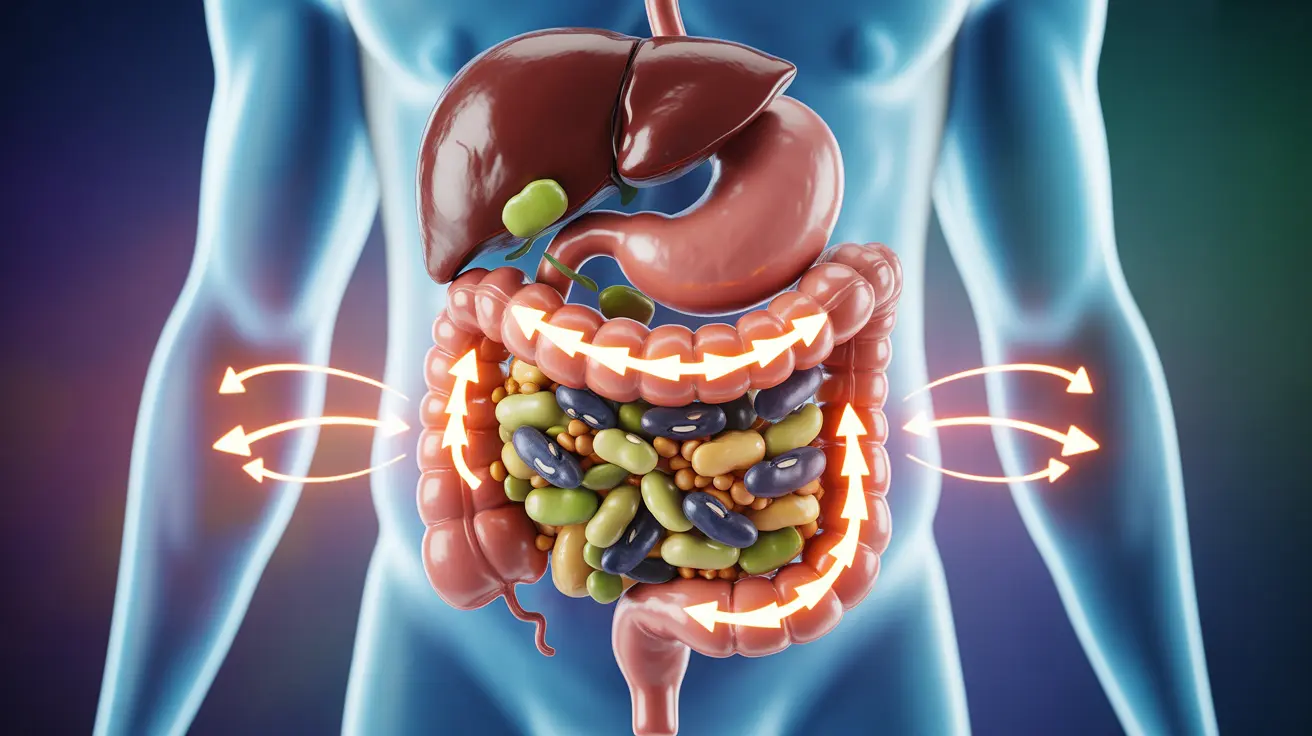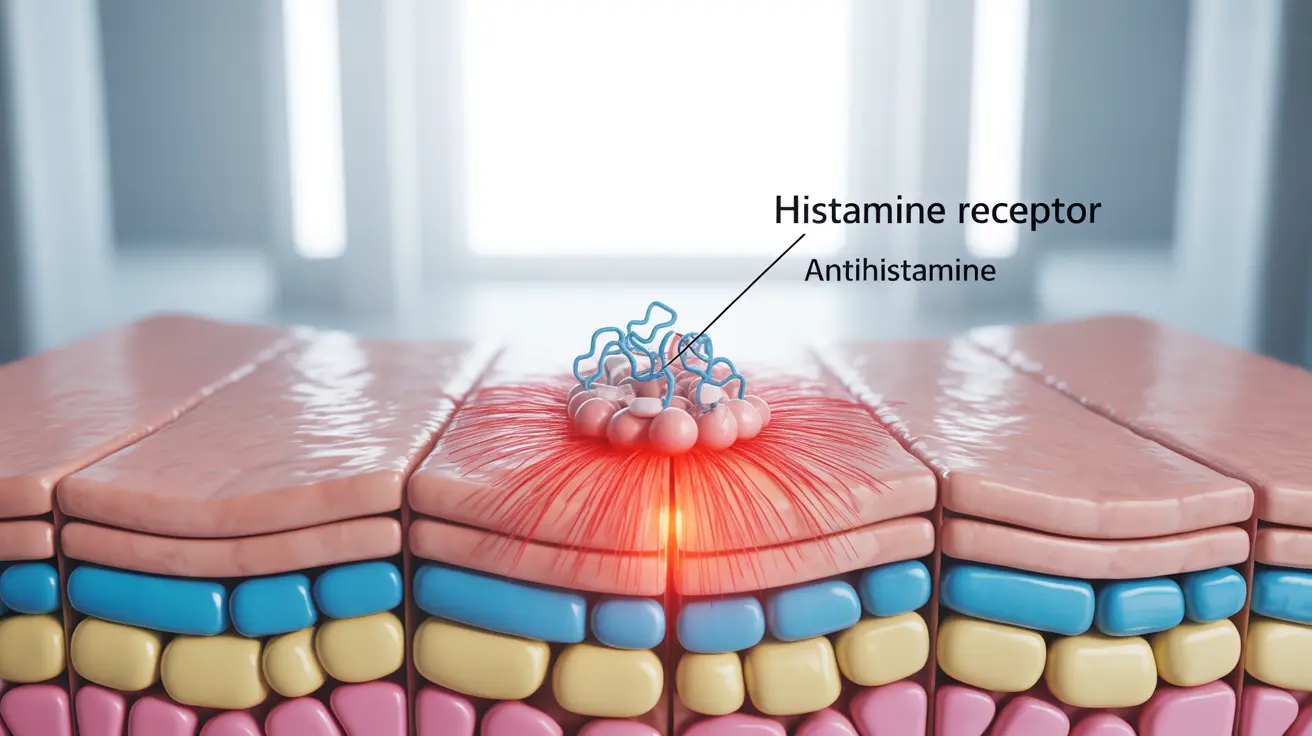If you've ever wondered why a delicious bowl of chili or a hearty serving of black beans leaves you feeling gassy, you're not alone. The connection between beans and flatulence is both real and scientifically explainable, affecting millions of people worldwide who enjoy these nutritious legumes.
Understanding why beans make you fart can help you make informed dietary choices and implement strategies to reduce uncomfortable digestive symptoms while still enjoying the numerous health benefits that beans provide.
The Science Behind Bean-Induced Gas Production
The primary reason beans cause gas lies in their unique carbohydrate composition. Beans contain complex sugars called oligosaccharides, particularly raffinose, stachyose, and verbascose, which your small intestine cannot fully digest due to the absence of specific enzymes needed to break them down.
When these undigested sugars reach your large intestine, beneficial bacteria naturally present in your gut begin fermenting them. This fermentation process produces various gases, including hydrogen, carbon dioxide, and methane, which eventually need to escape your body through flatulence.
Additionally, beans are rich in both soluble and insoluble fiber, which further contributes to gas production. While fiber is essential for digestive health, it can temporarily increase gas production as your digestive system works to process these complex nutrients.
Types of Beans and Their Gas-Producing Potential
Not all beans are created equal when it comes to causing digestive discomfort. Some varieties tend to produce more gas than others due to varying levels of oligosaccharides and fiber content.
Lima beans, navy beans, and pinto beans typically rank among the highest gas-producing legumes. These varieties contain particularly high levels of raffinose and other complex sugars that challenge your digestive system.
On the other hand, lentils, black-eyed peas, and mung beans generally cause less gas production. These legumes have lower concentrations of problematic oligosaccharides and are often better tolerated by people with sensitive digestive systems.
Canned beans that have been pre-soaked and cooked may also produce less gas compared to dried beans that you prepare yourself, as some of the gas-producing compounds may be reduced during the commercial processing.
Effective Strategies to Reduce Bean-Related Gas
Pre-Cooking Preparation Methods
Proper preparation techniques can significantly reduce the gas-producing potential of beans. Soaking dried beans for at least 8-12 hours before cooking allows some of the oligosaccharides to leach out into the soaking water, which you should discard before cooking.
Consider changing the soaking water several times during the process to maximize the removal of these problematic compounds. Some people find that adding a pinch of baking soda to the soaking water further helps reduce gas-producing substances.
Cooking Modifications
Thoroughly cooking beans until they're completely tender helps break down some of the complex fibers and makes them easier to digest. Undercooked beans are more likely to cause digestive discomfort and increased gas production.
Adding digestive spices like ginger, cumin, fennel, or asafoetida to your bean dishes can help stimulate digestion and reduce gas formation. These spices have traditionally been used in various cuisines specifically to counteract the gas-producing effects of legumes.
Gradual Introduction and Portion Control
If you're not accustomed to eating beans regularly, start with smaller portions and gradually increase your intake over several weeks. This approach allows your digestive system and gut bacteria to adapt to processing these complex carbohydrates more efficiently.
Eating beans as part of a balanced meal rather than consuming large quantities alone can also help minimize digestive discomfort. Combining beans with easily digestible foods may help slow down the fermentation process in your gut.
The Role of Gut Adaptation
Regular bean consumption can lead to improved tolerance over time as your digestive system adapts to processing these complex carbohydrates. Your gut bacteria composition gradually shifts to better handle the fermentation of oligosaccharides, often resulting in reduced gas production.
This adaptation process typically takes 2-4 weeks of consistent consumption, during which you may notice a gradual decrease in gas-related symptoms. The key is maintaining regular intake rather than eating beans sporadically, which doesn't allow your digestive system to develop efficient processing mechanisms.
Some people also find that taking digestive enzyme supplements containing alpha-galactosidase can help break down the problematic sugars in beans, reducing gas production. These enzymes work by helping your body digest the oligosaccharides that would otherwise be fermented by gut bacteria.
Health Benefits Worth the Temporary Discomfort
Despite their gas-producing reputation, beans offer exceptional nutritional value that makes them worth including in your diet. They're excellent sources of plant-based protein, fiber, folate, iron, and potassium while being naturally low in fat and cholesterol-free.
The fiber in beans supports digestive health, helps regulate blood sugar levels, and may contribute to lower cholesterol levels. Regular bean consumption has been associated with reduced risk of heart disease, certain cancers, and improved weight management.
Rather than avoiding beans entirely due to gas concerns, focus on preparation methods and gradual introduction strategies that allow you to enjoy their nutritional benefits while minimizing digestive discomfort.
Frequently Asked Questions
Why do beans cause increased gas and farting after eating them?
Beans contain complex sugars called oligosaccharides (particularly raffinose, stachyose, and verbascose) that your small intestine cannot fully digest. When these undigested sugars reach your large intestine, gut bacteria ferment them, producing gases like hydrogen, carbon dioxide, and methane that need to escape through flatulence.
How can I reduce or prevent gas and bloating caused by eating beans?
You can reduce bean-related gas by soaking dried beans for 8-12 hours before cooking and discarding the soaking water, cooking beans thoroughly until tender, adding digestive spices like ginger or cumin, starting with smaller portions and gradually increasing intake, and considering digestive enzyme supplements containing alpha-galactosidase.
What specific sugars or fibers in beans lead to gas production in the digestive system?
The primary culprits are oligosaccharides, specifically raffinose, stachyose, and verbascose. These complex sugars cannot be broken down by enzymes in your small intestine, so they pass to the large intestine where gut bacteria ferment them, producing gas. The high fiber content in beans also contributes to increased gas production during digestion.
Does regularly eating beans help the body adjust and produce less gas over time?
Yes, regular bean consumption typically leads to improved tolerance within 2-4 weeks. Your gut bacteria composition adapts to better process the complex carbohydrates in beans, and your digestive system becomes more efficient at handling oligosaccharides, usually resulting in reduced gas production over time.
Are some types of beans less likely to cause gas and bloating compared to others?
Yes, some beans produce less gas than others. Lentils, black-eyed peas, and mung beans generally cause less gas due to lower concentrations of oligosaccharides. Lima beans, navy beans, and pinto beans tend to produce more gas. Canned beans may also cause less gas than home-cooked dried beans due to processing that reduces some gas-producing compounds.




